Nationality American Name Allan McCollum | Role Artist Siblings Chuck McCollum | |
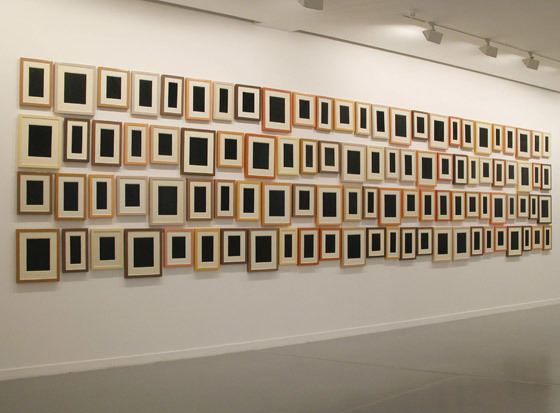 | ||
Born August 4, 1944 (age 81) ( 1944-08-04 ) Los Angeles, California Education Los Angeles Trade–Technical College Artwork Collection of Forty Plaster Surrogates Parents Warren McCollum, Ann Hinton Periods Conceptual art, Monochrome painting, Contemporary art Similar People | ||
Allan mccollum contemporary american artist
Allan McCollum is a contemporary American artist who was born in Los Angeles, California in 1944, and now lives and works in New York City. In 1975, his work was included in the Whitney Biennial, and he moved to New York City that same year. In the late seventies he became especially well known for his series, Surrogate Paintings.
Contents
- Allan mccollum contemporary american artist
- Allan mccollum over ten thousand individual works art21 exclusive
- Early life
- Education and early career
- Exhibition History
- Artwork
- Collaborations and Writings
- References
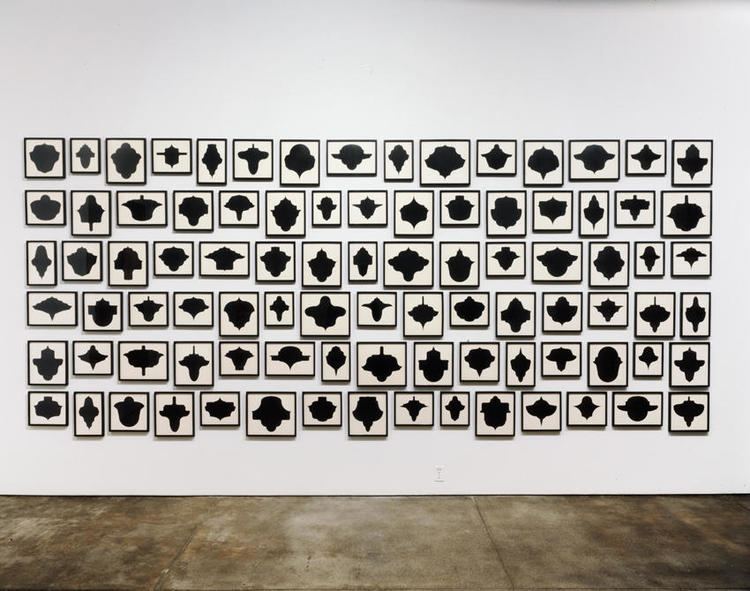
He has spent over forty-five years exploring how objects achieve public and personal meaning in a world constituted in "mass production," focusing most recently on collaborations with small community historical society museums in different parts of the world. His first solo exhibition was in 1970, and his first New York showing was in an exhibition at the Sidney Janis Gallery in 1972.
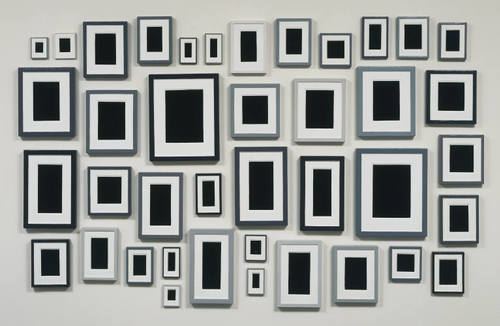
Allan mccollum over ten thousand individual works art21 exclusive
Early life
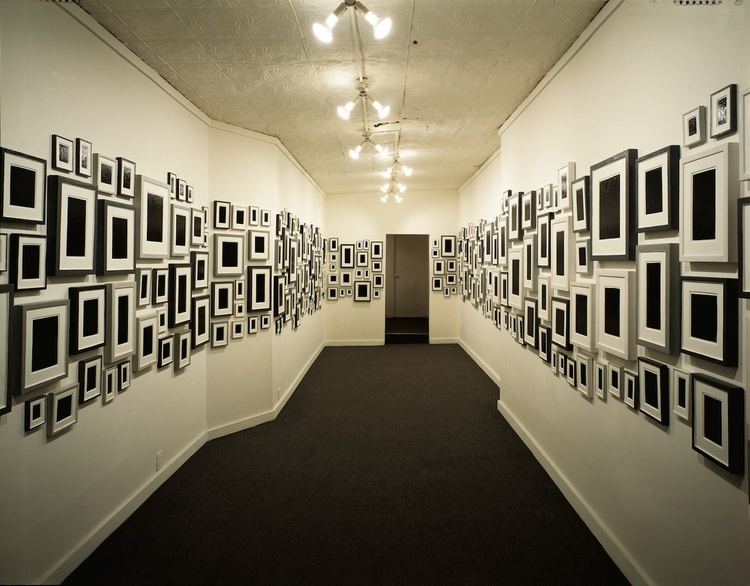
Allan McCollum was born in Los Angeles, California, on August 4, 1944. In 1946, his family moved to Redondo Beach, California, where his three siblings were born, and where he lived until 1966. Both of his parents and many others in his family were active in the arts. His father, Warren McCollum, the son of an actress in New York and a child actor himself, performed a number of small parts on the Broadway stage, and a few small roles in movies in the late 1930s and early 1940s, including the role of “Jimmy Lane” in the 1938 cult classic, Reefer Madness; he remained active in local theater groups throughout much of his life, while working as a security guard at a local research corporation. His mother, Ann Hinton, daughter of a piano teacher and a cartographer, also performed regularly as an actress and singer in local theater productions, and as a piano accompanist to a local voice teacher. His mother’s brother, Sam Hinton, was a well-known folk singer and folk music historian in Southern California, and his mother's sister’s husband was Jon Gnagy, the popular television art instructor who between 1946 and 1970 had the longest continuously running show on television.
Education and early career
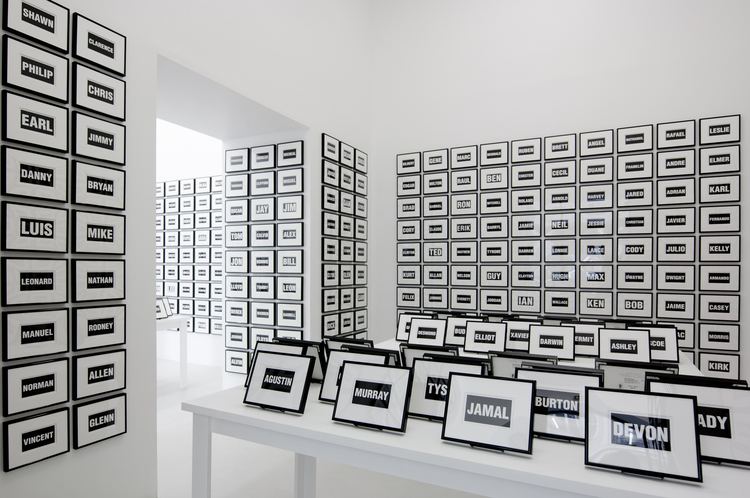
In 1964, McCollum moved to Essex, England, pursuing the idea of being an actor, and joined a local theater group in Southend-on-Sea; but he changed his mind about a career in theater and returned to California in 1965, moved into a small mobile home park in Venice Beach, California, and attended Los Angeles Trade Technical College for five months, attempting to learn the trade of restaurant management and industrial kitchen work. For two years, he worked for Trans World Airlines at the Los Angeles International Airport, preparing meals for flights, but in 1967 he decided to educate himself as an artist. He learned quickly, influenced initially by reading the writings of the Fluxus artists and the early structuralists, and found a job as a truck driver and crate-builder for an art handling company in West Hollywood. Through this job he met many artists, art dealers, art collectors, and museum curators, learning much about the contemporary art world. During the late 1960s, McCollum produced his early work while living in small rented storefront spaces, first in Venice Beach, and later in Santa Monica; in 1970, he established a studio in a converted parking garage in Venice Beach, where he lived and worked until 1975. During these years, he exhibited his work regularly at the Nicholas Wilder Gallery and also at the Claire Copley Gallery, both in Los Angeles. His work was featured in a number of museum group exhibitions, including shows at the Los Angeles County Museum of Art, the Pasadena Art Museum, the Long Beach Museum of Art, the Santa Barbara Museum of Art, the Oakland Museum, the San Francisco Art Institute, the Seattle Art Museum, the Detroit Institute of Arts, the Krannert Art Museum, and the Whitney Museum of American Art in New York. In late 1975, he moved to the SoHo district of New York City, where he lives today.
Exhibition History
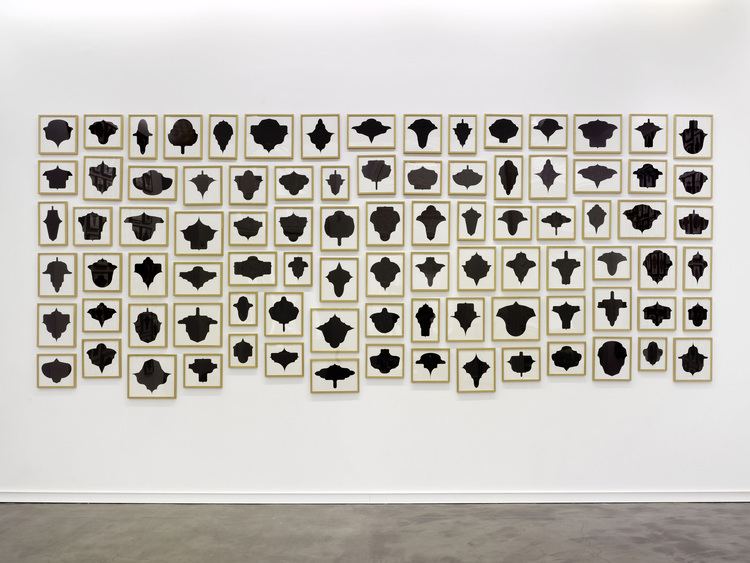
McCollum has had over 100 solo exhibitions, including retrospectives at the Musée d'Art Moderne, Villeneuve d'Ascq, Lille, France (1998); the Sprengel Museum, Hannover, Germany (1995–96); the Serpentine Gallery, London (1990); the Rooseum Center for Contemporary Art, Malmo, Sweden (1990); IVAM Centre del Carme, Valencia, Spain (1990); Stedelijk Van Abbemuseum, Eindhoven, The Netherlands (1989), and Portikus, Frankfurt, Germany (1988).
He participated in the Aperto at the Venice Biennale in 1988 and 2012. His works have been exhibited in the United States White House, he has produced numerous public art projects in the United States and Europe, and his works are held in over seventy art museum collections worldwide, including the Museum of Modern Art, New York, the Metropolitan Museum of Art, New York, the Whitney Museum of American Art, the Solomon R. Guggenheim Museum, the Art Institute of Chicago, the Museum of Contemporary Art, Los Angeles, and the National Gallery of Art in Washington D.C.
In 2008, McCollum exhibited 1800 drawings from his 1988-91 Drawings project at the 28th Bienal de São Paulo in São Paulo, Brazil.
Artwork
McCollum’s family history, his experiences and training at working in industrial kitchens, and his interest in theater and Fluxus, including “task-oriented” performance art, offered him a unique take on labor and art, and the methods and systems of quantity-production showed themselves in his artwork from the very beginning. He is known for utilizing the methods of mass production in his work in many different ways, often creating thousands of objects that, while produced in large quantity, are each unique. In 1988-91 he created over thirty thousand completely unique objects he titled Individual Works, which were gathered and exhibited in collections of over ten thousand. The objects were made by taking many dozens of rubber molds from common household objects—like bottle caps, food containers, and kitchen tools—and combining plaster casts of these parts in thousands of possible ways, never repeating a combination. In 1989, he used a similar system to create thousands of handmade graphite pencil drawings, using hundreds of plastic drafting templates he designed for this purpose, each drawing made unique by combining the templates according to a combinatorial protocol that never repeated itself.
Beginning in the early nineties, McCollum expanded his interests in quantity production to include explorations into the ways regional communities give meaning to local landmarks and geological oddities in establishing community identity, and collaborated with a number of small towns and small historical museums in Europe and throughout the United States, bringing attention to the way local narratives develop around objects peculiar to geographic regions, and drawing comparisons to the way artworks develop meaning in a parallel manner. Often these projects involved reproducing local objects in quantity, or creating models or copies of local artifacts and symbols. In 1995, he collaborated with the College of Eastern Utah Prehistoric Museum in Price, Utah, to make replicas of their entire collection of dinosaur track casts, and exhibited these in New York and throughout Europe; in 1997 he collaborated with the International Center for Lightning Research and Testing in Starke, Florida, to trigger lightning with rockets, and worked with a local souvenir manufacturer to create over 10,000 replicas of a fulgurite created by the lightning strike; in 2000 he collaborated with the Pioneers Museum in the desert community of Imperial Valley, California, to reproduce souvenir copies and large models of their local mountain, Mount Signal, and the unique 'Sand Spike' sand concretions found at its base; and in 2003, he created 120 topographical models of the states of Missouri and Kansas, which he donated and delivered himself to 120 small historical society museums in both states.
In 2005, McCollum designed The Shapes Project, a combinatorial system to produce "a completely unique shape for every person on the planet, without repeating." The system involves organizing a basic vocabulary of 300 "parts" which can be combined in over 30 billion different ways, created as "vector files" in a computer drawing program. McCollum has used the system in collaborations with a community library, schoolchildren, home craftworkers, writers, architects, and other artists, as the Shapes are created to be used for many different kinds of projects, and so far have been produced in the form of both prints and sculpture, in Plexiglas, Corian, plywood, hardwoods, metals, rubber, and fabric, in a variety of sizes. In 2010, he published "The Book of Shapes", in collaboration with mfc-michèle didier. This book makes the Shapes Project complete : The first volume contains the 300 shapes "parts," and the second one includes the guides and instructions for creating all possible combinations with these components. That same year, he organized the Shapes for Hamilton project, in which a unique signed and dated Shapes print was made for each of the 6,000+ residents of the township of Hamilton, New York.
He has been a recipient of an NEA Special Project Grant and an Individual Support Grant from the Adolph and Esther Gottlieb Foundation.
Collaborations and Writings
McCollum has occasionally collaborated with other artists in producing projects, including Louise Lawler (1983, 1984, 1988, 1996), Andrea Fraser (1991), Laurie Simmons (1984), Matt Mullican (2004), Andrea Zittel (2007), Allen Ruppersberg (2008), Pablo Helguera (2014), and Cynthia Daignault (2016). He has also written texts and interviewed fellow artists for books and catalogs, including Matt Mullican (1979 and 2006) Allen Ruppersberg (1999), Andrea Zittel (2001), Roxy Paine (2002), and Harrell Fletcher (2005).
